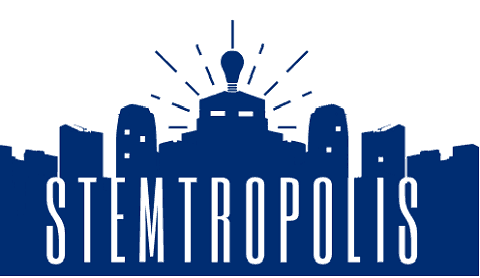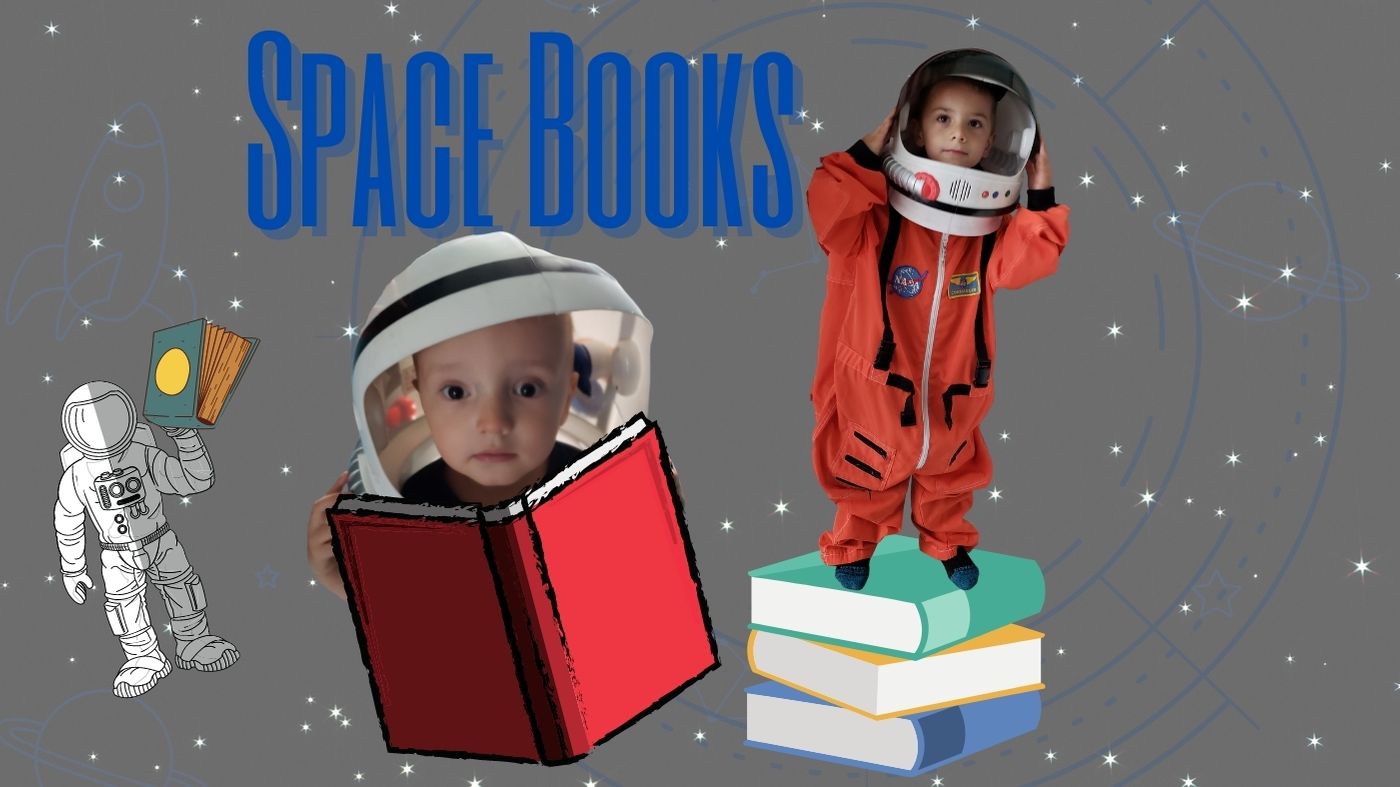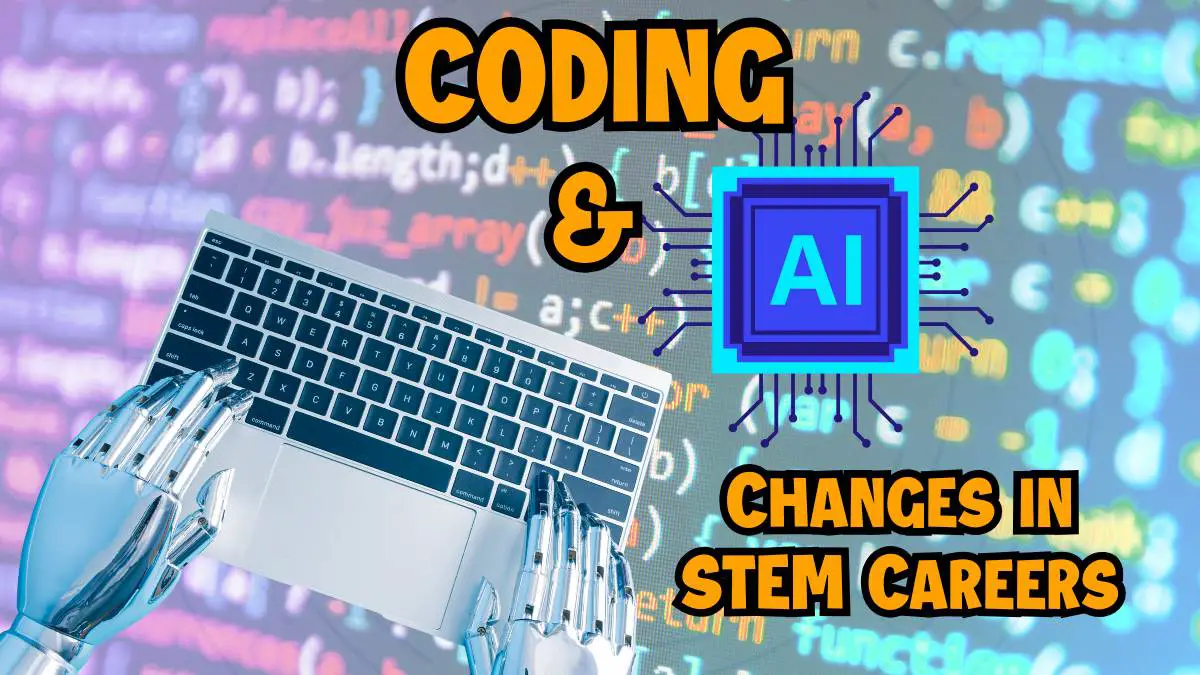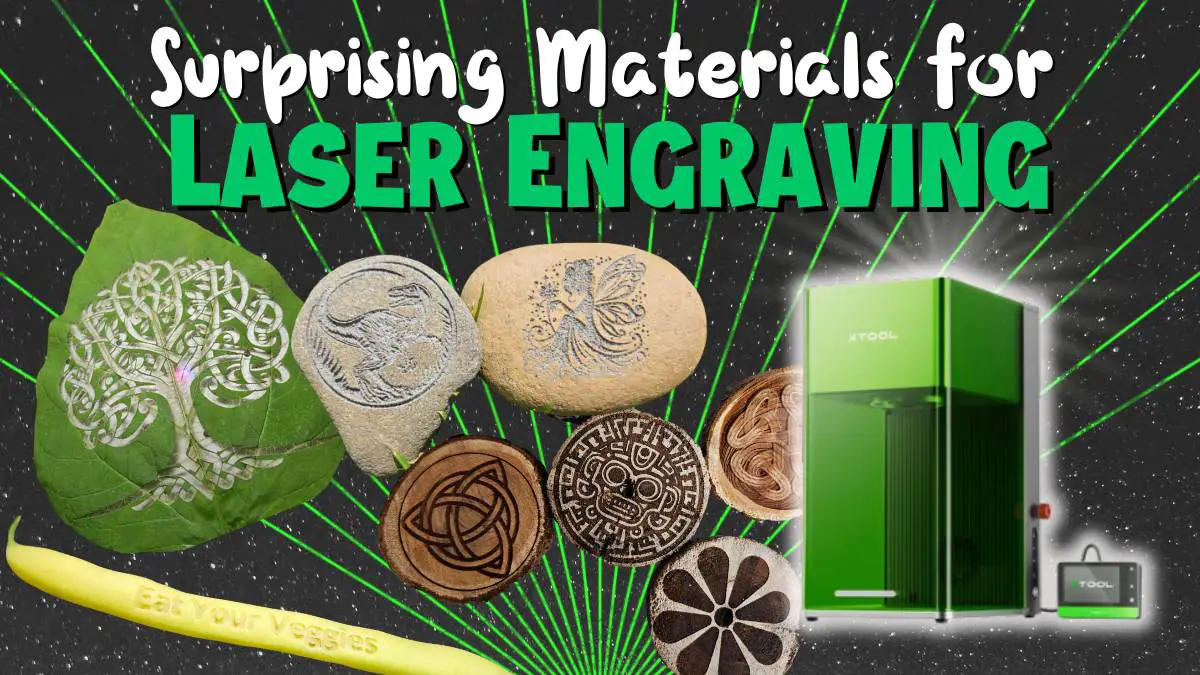There are so many kid’s books about space and astronomy, it’s hard to know where to start. We’ve gathered some of our favorite space books for kids to share with you. Some teach the basic concepts of space science, while some are fun fictional adventures. Let’s explore!
ABCs of Space
by Chris Ferrie and Julia Kregenow

Chris Ferrie is an physicist and mathematician with a knack for making complex topics fun and simple. Co Author Julia Kregenow is an astronomer, so you know the information is coming from a great source even though this is a children’s board book.
At its core, the ABC’s of space is an alphabet book with each letter representing one term related to space (Asteroid, Binary Star, Comet, etc.)
Though there is one letter per page with fun illustrations, ABCs of Space is designed to be more than just another simple alphabet book. Each page is aimed with more detailed information at 3 different reading levels, so your young reader can get more out of the book as they grow and improve their reading skills.
For example: “C is for Comet” is basic alphabet letter association and a simple sentence. Under the illustration, we learn that, “A comet is a clump of ice and rock in a very big orbit around the sun.” It’s a comet fact that’s easy to understand and easier to read. Toward the bottom of the page, we get a bit more in depth knowledge at a higher reading level.
ABCs of space can entertain, educate, and challenge kids on a number of levels. Our little reader pushes himself to read the whole page so he can learn more about each topic.
Check out some of the other titles in the Baby University book series. We’d recommend any of Chris Ferrie’s books!
Twinkle Twinkle Little Star, I Know Exactly What You Are
by Julia Kregenow, PhD
Illustrated by Carmen Salana


Here’s another from Julia Kregenow. This picture book sets some cosmic facts against a “twinkle twinkle” rhyming melody. (It’s hard to *not* read this story out loud without setting it to the tune of the song.)
The paintings are the star of the show here, colorful and dreamy to compliment the words, which are informative, yet fun.
The story ends with a satisfying message, that we know what stars and other cosmic objects are, with kids tucked away sleeping in their beds. The last few pages of the book are prose that goes into more explanation about what makes up stars, constellations, galaxies, and (of course) what makes stars twinkle.
If you know a child that dreams of the stars, put this one on your must read list.
There was a Black Hole that Swallowed the Universe
by Chris Ferrie
Illustrated by Susan Batori


Black holes are hungry beasts. They’ll suck in anything within their pull. This is a story of a black hole that starts by swallowing a whole universe. This is more than just a book about space; our black hole keeps consuming smaller and smaller objects, giving the reader a hidden lesson of how matter stacks up in size.
It chews through stars and planets all the way down to the microscopic individual cells. From there it eats its way through atoms and neutrons. What happens when a black whole eats a quark?
Once upon a Starry Night
by Jacquelin Mitton

Many constellations are named after mythical heroes, creatures, or animals. When stargazing, it’s often quite a stretch of the imagination to see a few point of light as a lion, dragon, or warrior.
Once Upon a Starry Night helps readers connect the dots. Each turn of the page features gorgeous colorful illustrations of each constellation’s namesake. The stars themselves are placed within the painting to help visualize how the constellations take shape. Each painting is accompanied by a short telling of the story or character’s notable traits.
“The night sky is a realm of kings and queens, gods, heroes, and mystical creatures. Look – They’re all there, outlined by the stars.”
There is a companion book, Zoo in the Sky, if you want to explore some celestial animals. Both books are from National Geographic.
Brad Meltzer’s “I am” is a fun series of biography books for kids focusing on the traits that make our heroes great. The stories of America’s icons are presented in a lively, conversational way and include the heroes’ childhood influences so that the book is suitable for young nonfiction readers.
This one features astronaut Neil Armstrong. From Neil Armstrong’s childhood on a farm to his career as an engineer and pilot, this book explains how he became the first person on the moon.
Throughout the narrative, there’s a heavy influence on engineering, and how important problem solving skills are for astronauts. Neil Armstrong’s calm nerves and quick thinking – not to mention quick calculations – saved his life on numerous occasions.
The artwork has a “Calvin & Hobbes” feel, and is sure to resonate with adults and kids alike.
Reaching for the Moon
by Buzz Aldrin

Astronaut Buzz Aldrin recounts the life events that influenced his decision to become an astronaut as well as the thrill of landing on the moon.
From early childhood, getting accepted to West Point, time in the Air Force, and the Gemini mission Buzz tells his tale. Culminating with the Apollo 11 mission this book highlights how Buzz reached the moon.
MOONSHOT: THE FLIGHT OF APOLLO 11
by Brian Floca

Moonshot tells the story of the Apollo 11 mission. From launch, to spaceflight, to lunar landing, Moonshot delivers the story in stylized watercolors. The excitement of the blast off comes through in the artwork, and reading the words I can almost hear the recording of the mission audio playing in my head.
You can get a sense of weightlessness as our astronauts make their trek to the moon. The excitement kicks in again as they reach their destination, and the Eagle touches down on the moon.
This is a great way to introduce young readers to the first moon mission, and help spark their interest in space and astronomy.
Margaret and the Moon
by Dean Robbins
Illustrated by Lucy Knisley

Think of the first lunar landing, most people can immediately name Neil Armstrong and Buzz Aldrin. Whether it was early space flight, or current missions there’s a whole team of people that make it happen and monitor everything behind the scenes.
Margaret Hamilton is one of these people, who was instrumental during the Apollo 11 lunar landing. Check out more on this book (as well as others) in our post about books about amazing female scientists.
Mousetronaut: Based on a (Partially) True Story
by Mark Kelly

Mark Kelly flew a number of missions about the space shuttle Endeavor, commanding its final flight in 2011. On his first mission aboard the Endeavor in 2001, mice were brought on board for study. Most mice kept to the wire frame of the cage while in zero gravity. One mouse, the smallest of the bunch, seemed to enjoy floating weightless.
This is the “partially true” of the story part that makes a great backdrop for this tale of a tiny mouse who saves the day and the mission! It’s a fun book with some information about the shuttle mission and an underdog story that encourages perseverance and ingenuity.
Astronaut Handbook
By Meghan McCarthy

What does it take to be an astronaut? The Astronaut Handbook takes a look, through basic survival training, riding on the “vomit comet,” and the mechanics of space toilets, this book hits the highlights in a fun way.
This book gives kids a feel for how astronauts train and specialize as in packed full of facts in the back of the book.
There’s No Place Like Space
by Trish Rabe

The Cat in the Hat is back and is your tour guide on a wild ride through the solar system. This one blasts off to outer space with a rhyming adventure and art reminiscent of the original Cat in the Hat books.
Originally published in 1999, there is an updated version to address Pluto’s downgrade to dwarf planet. (both versions are fun, though one is more accurate.)
Learn about the sun and the planets along with thing one and thing two.
It’s okay to go on a spontaneous trip through space, your mother won’t mind at all if you do.
Shoot for the Moon Snoopy
by Charles Schultz

Nasa is planning a trip to the moon, and Snoopy wants to go along. Peppermint Patty and Marcie are happy to help Snoopy prepare. Along the way, we learn snippets about astronaut life like diet and exercise.
To help Snoopy prepare for what it will feel like in space, his friends teach him about gravity, weightlessness, and moonwalks. They come up with some creative ways to simulate those effects right here on Earth (that you can try too!)
It’s a great place to start if you know a little one who wants to shoot for the moon!
Roaring Rockets
by Tony Mitton & Ant Parker


Roaring rockets is a great space book fro preschoolers. Its easy rhyming scheme and animal characters are sure to make it easy for kids to follow along.
As simple as it is, Roaring Rockets still takes kids through blast off, weightless space travel, moon landing, and splash down on Earth just like some of the early moon missions. It’s a great introduction to space travel.
Want to grab some of these books? Check out your local library, and don’t miss our post on why every kids needs a library card.
The Magic School Bus Lost in the Solar System
by Joanna Cole

Ms Frizzle and class are on a field trip to the planetarium and find it’s closed. No problem – they simply blast off in the Magic Schoolbus for a ride through the solar system. Starting at the moon, they visit the sun and each of the planets, including a close call while moving through the asteroid belt. Through their journey, we learn about each planet. There’s a great comparison chart with planetary statistics and facts sprinkled throughout the story.
Check out the Episode Lost in Space on Youtube:
A Trip to the Moon
by Richard Scarry

In this Busytown story, Mr. Fixit has built a rocket which he hopes to fly to the moon. Huckle, Lowly Worm and some Busytown regulars arrive on the scene, and Mr. Fixit is all too happy to show them his work in progress. Mr. Frumple, ever chasing his hat in the breeze, follows hit hat into the space ship and – oh no – initiates the launch sequence.
Mr. Fixit waves goodbye to the surprised crew as they speed towards the sky. Our unexpected astronauts have a fanciful flight to the moon, but will they (and Mr. Frumple’s hat) ever make it back to Busytown?
The world of Busytown and artwork of Richard Scarry is immediately recognizable, and invokes fond memories of childhood. We enjoy sharing these stories with our kids, and building some of the same memories. There’s not much in the way of science here, so we’ll assume the laws of physics work a bit differently in the Busytown world. We visit Busytown for the story and art (not the science.) As always, the characters and vehicles are silly, memorable, and fun.
My First Book of Questions and Answers About Earth and Space
by Anita Ganeri & Rosie Greenwood

Kids have a seemingly endless supply of questions. Sometimes the more they learn, the more questions they have; especially when they are learning about how the world and the universe work.
This is a go to book for those kinds of questions: What is the sun made of? What is the difference between a planet and a moon? What shape is the universe? Got it covered and answered!
The first quarter or so of the book is about space and planets and the rest of the book focuses on Earth. You’ll find answers to questions on Earth science, oceans, weather, and more.
Each page also features a True or False question, so you can challenge your kid (or yourself) with a quick question.
When our kids ask one of these types of questions, we can curl up on the couch and see if this book has the answers together.
Our Solar System
by Kathryn Knight

This is a short book, though absolutely packed with facts. Each planet (and the sun) gets a two page spread with pictures and information about the planet. Learn each planet’s position in our solar system, facts and figures like size, distance from the sun, number of moons, temperatures, day and year length and more.
This is a reading level 3 book geared for grades 2-4. We read it with our 6 year old; while it’s not a storybook and heavy on information, he enjoyed the tidbits of information about each of the planets. With the way the book is laid out, it’s easy to break it up and read a planet a day. This way, there isn’t so much information overload, and it keeps kids looking forward to finding out about the next planet.
Wrap Up: Space and Astronomy Books for Kids
There something magical about what lies beyond our own world. We can glimpse into the stars and wonder what lies beyond our own atmosphere. These books are a great way to feed that sense of curiosity. Rocket science may seem as far away as the stars themselves, though these amazing books about space make the science accessible for young readers.
Related Posts: Find more ways to Get Kids Interested in Space and Astronomy as well as our picks for Space books for Kids. If you love LEGOs, be sure to check out our roundup of Space LEGO Sets!





